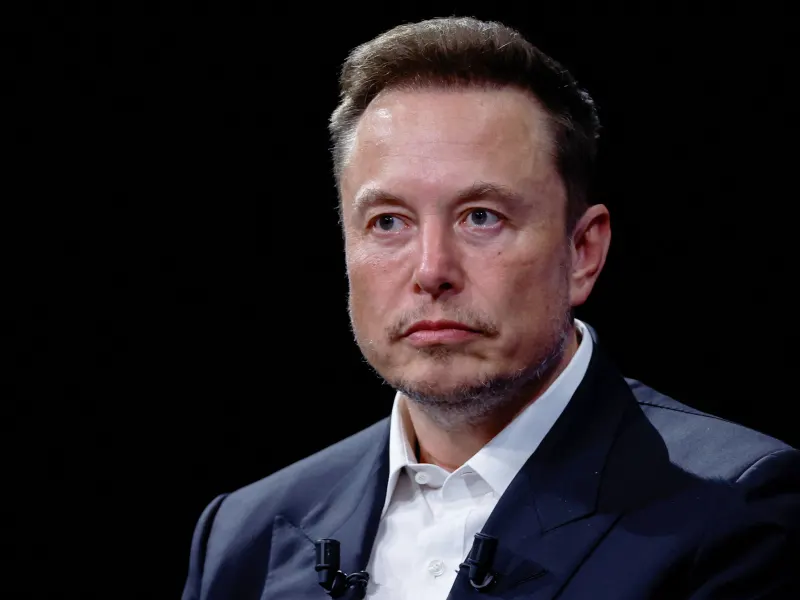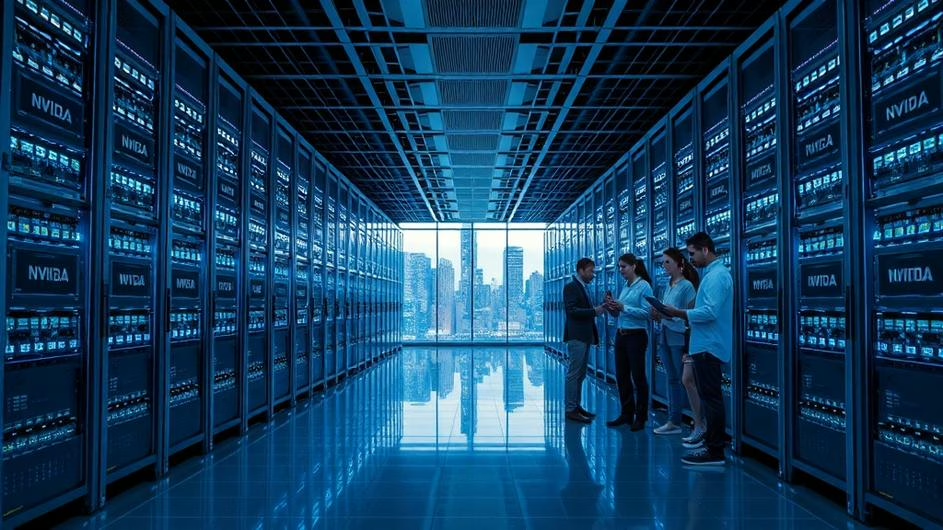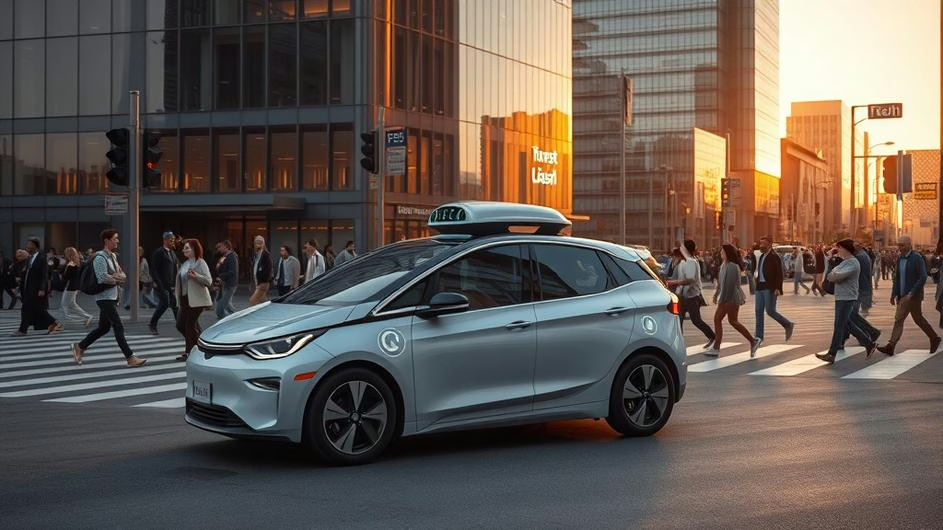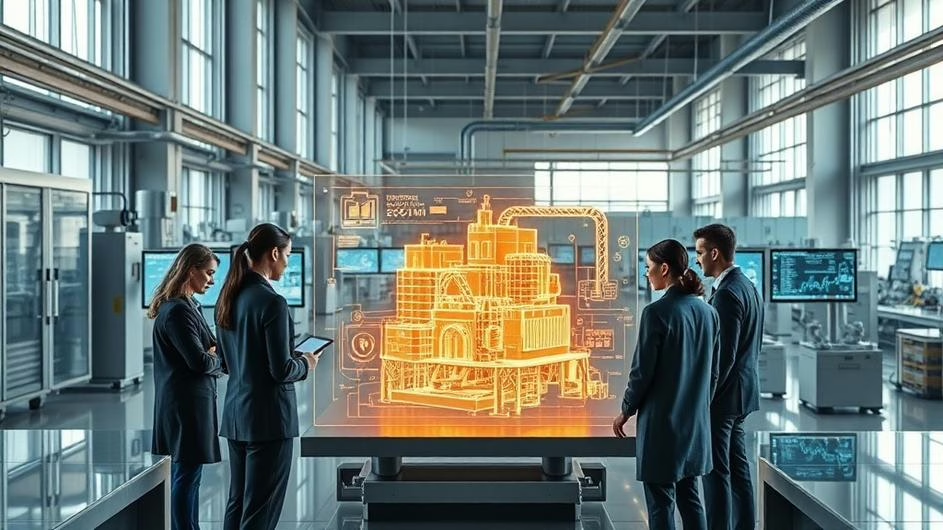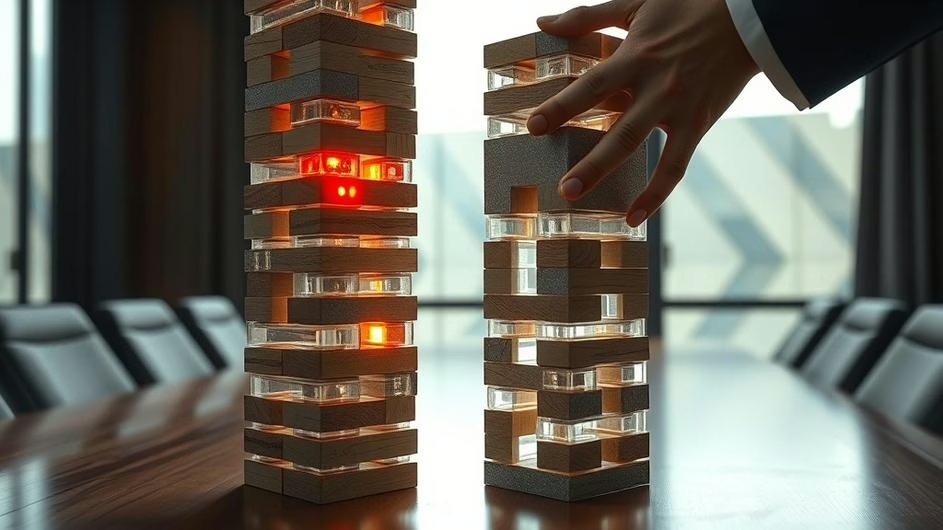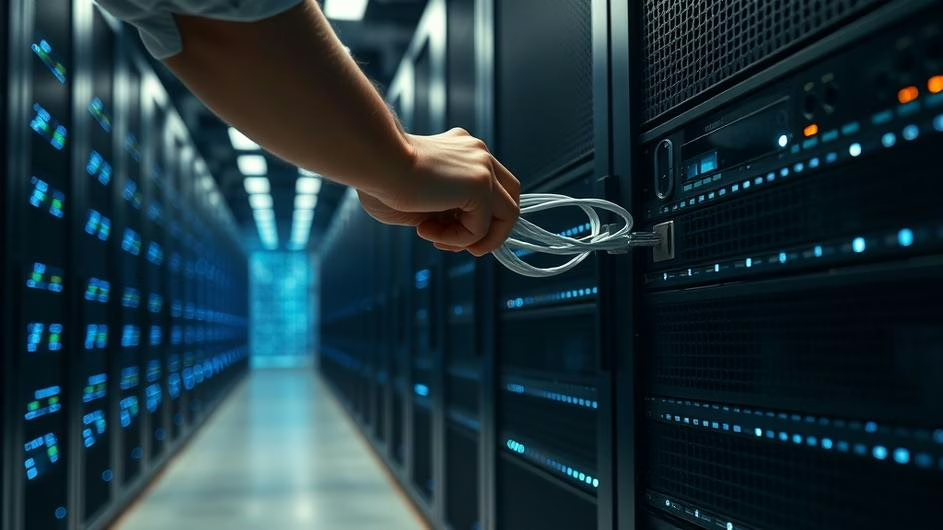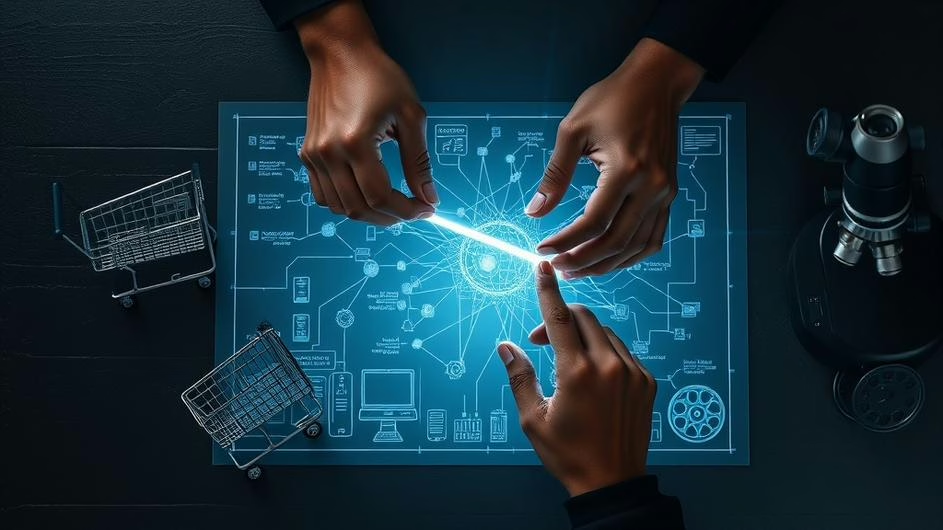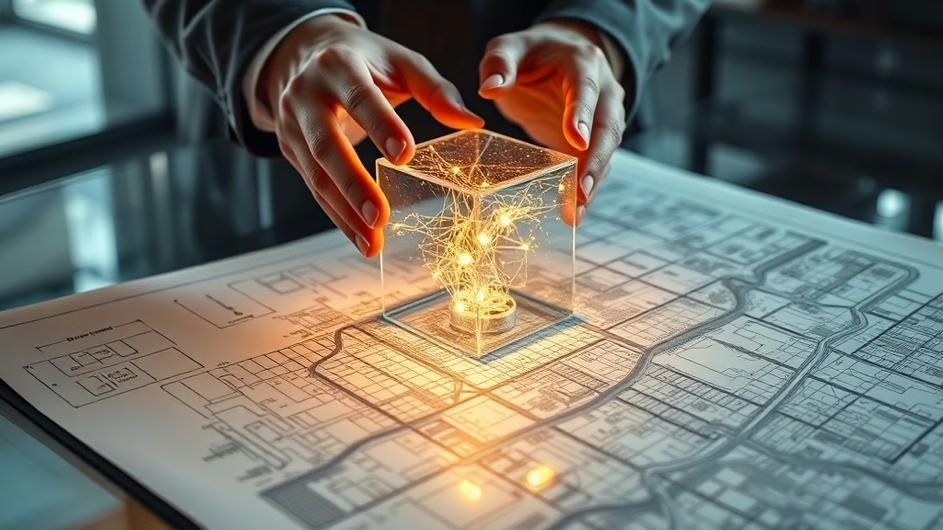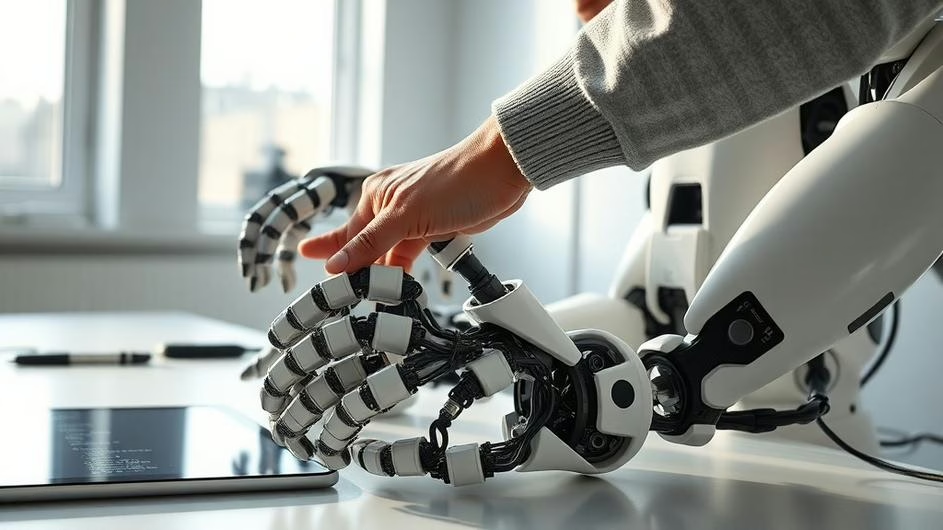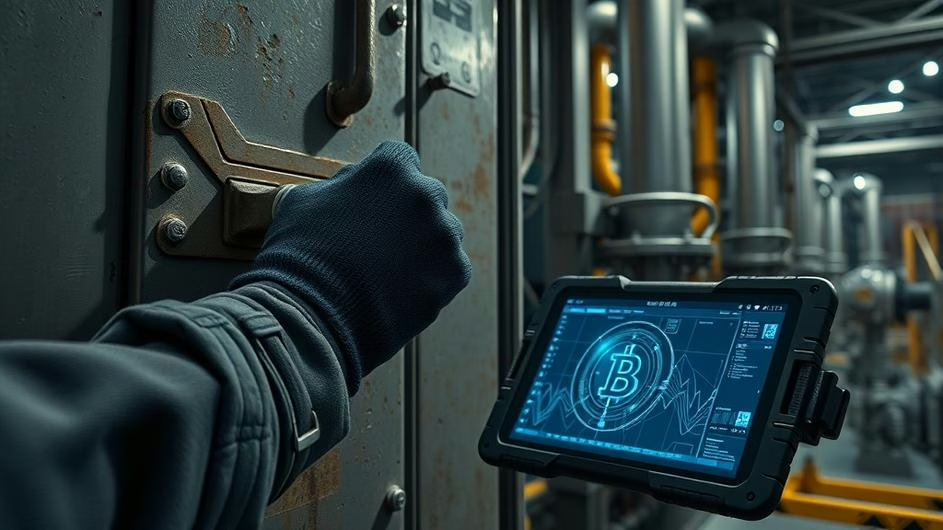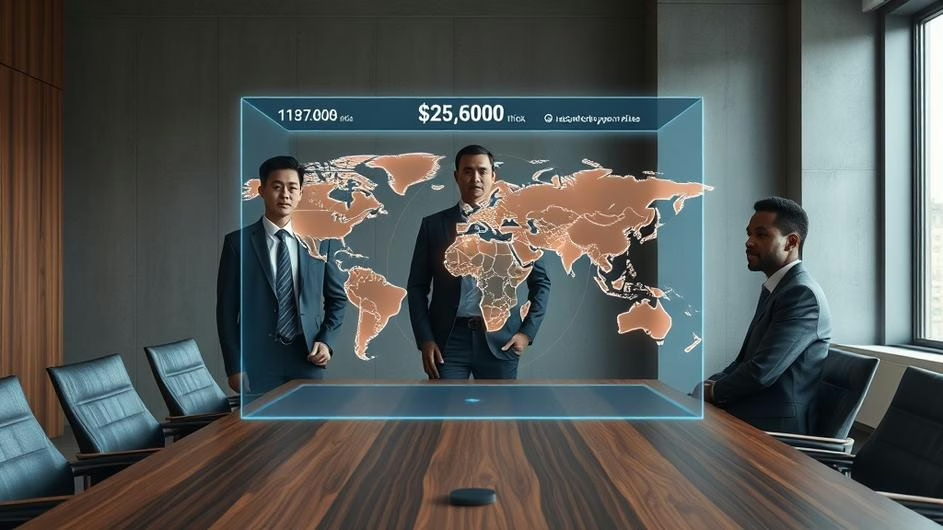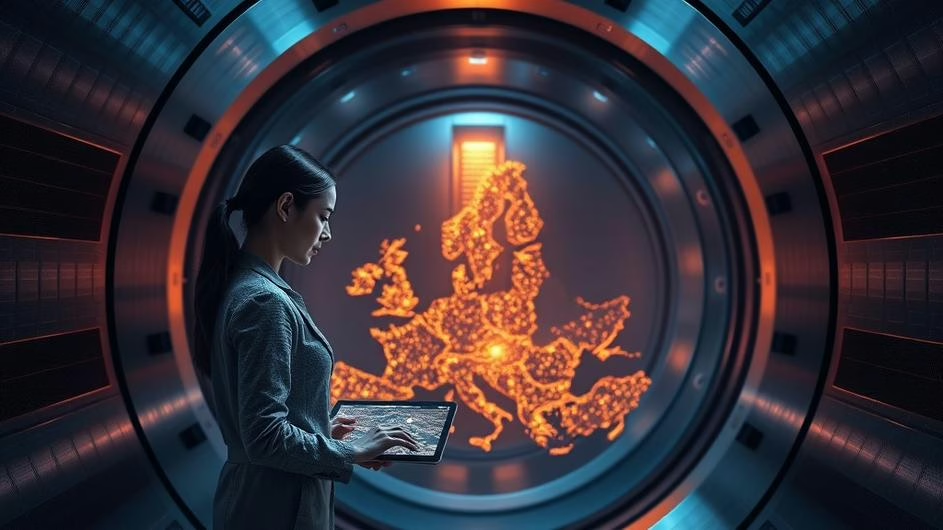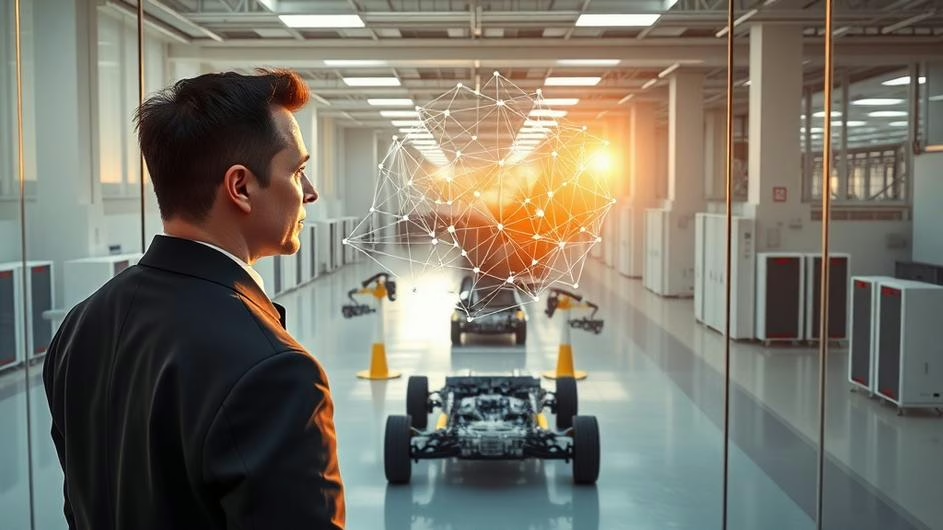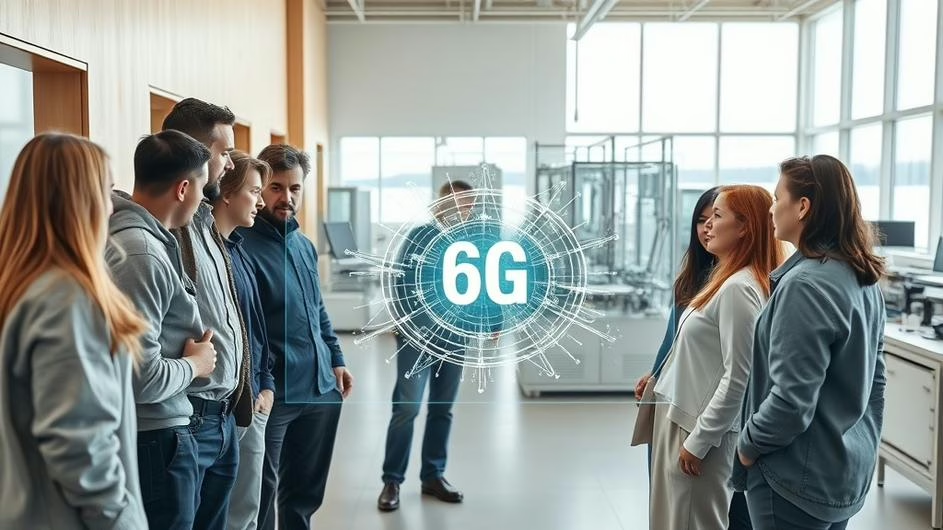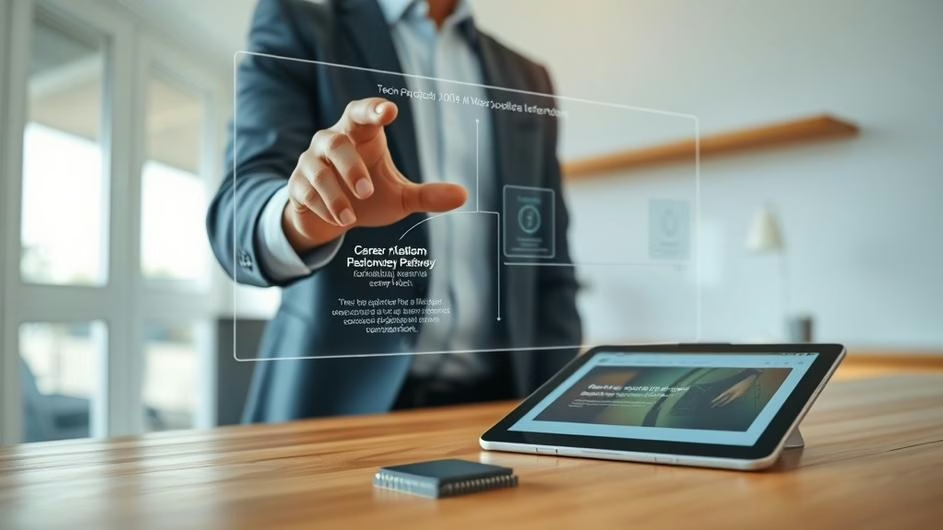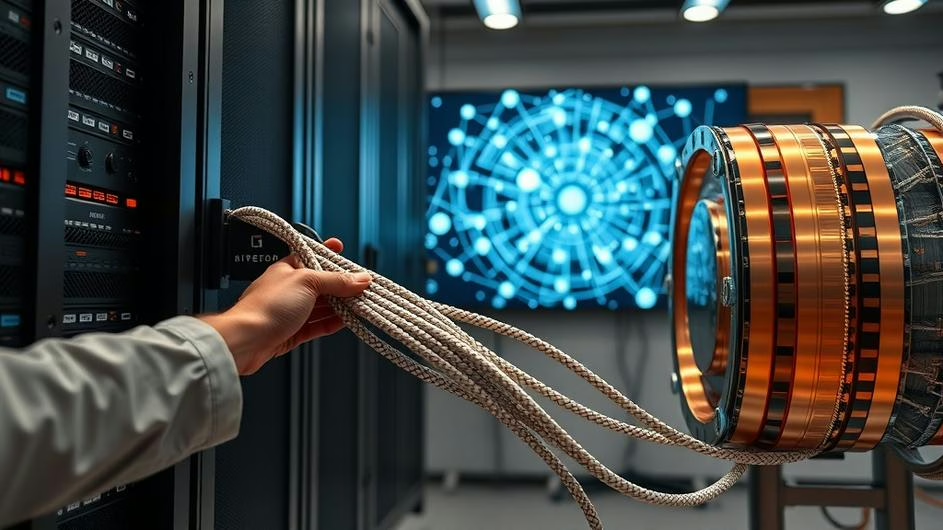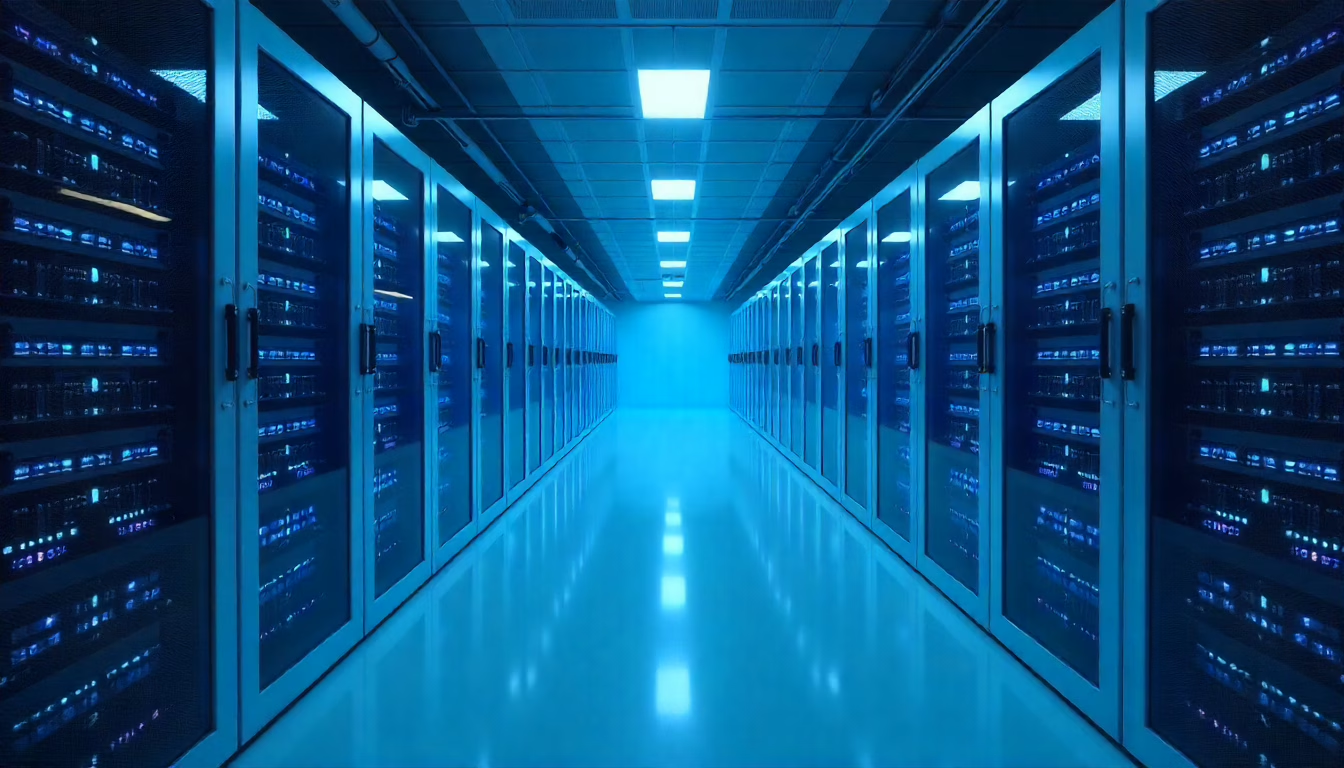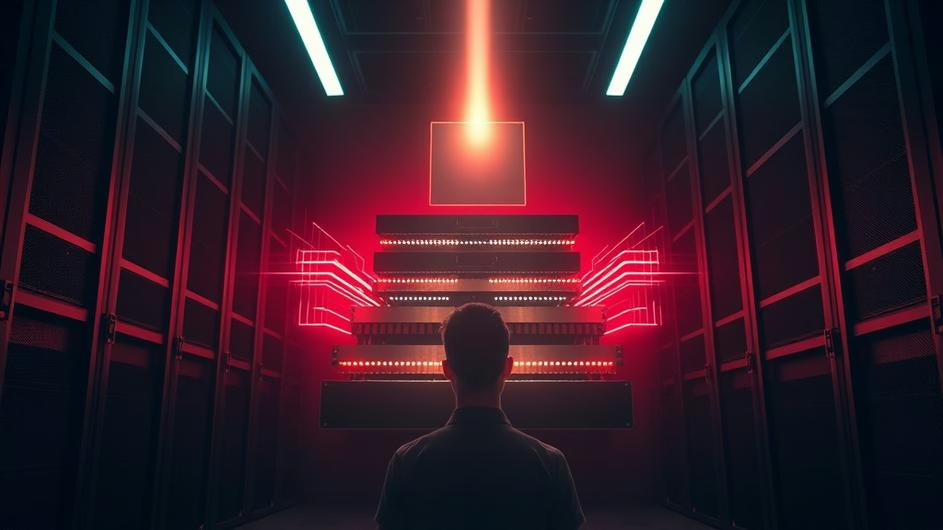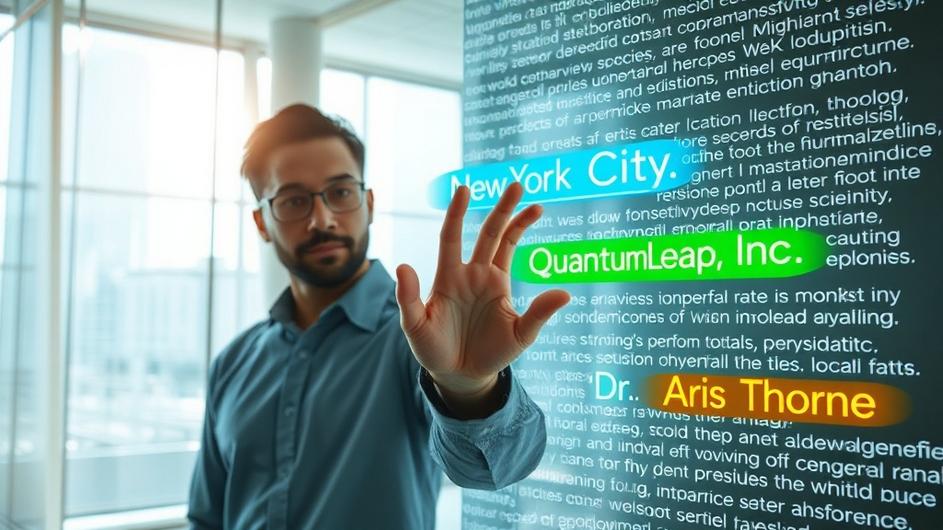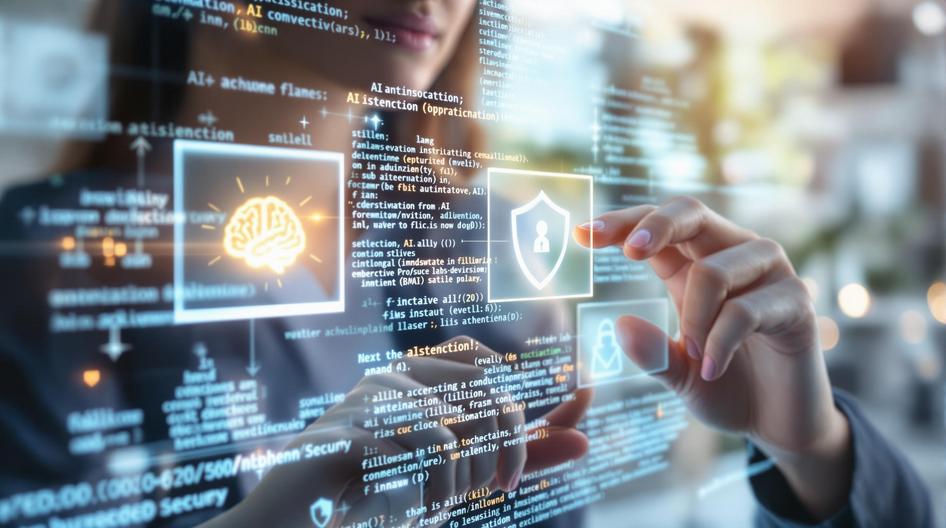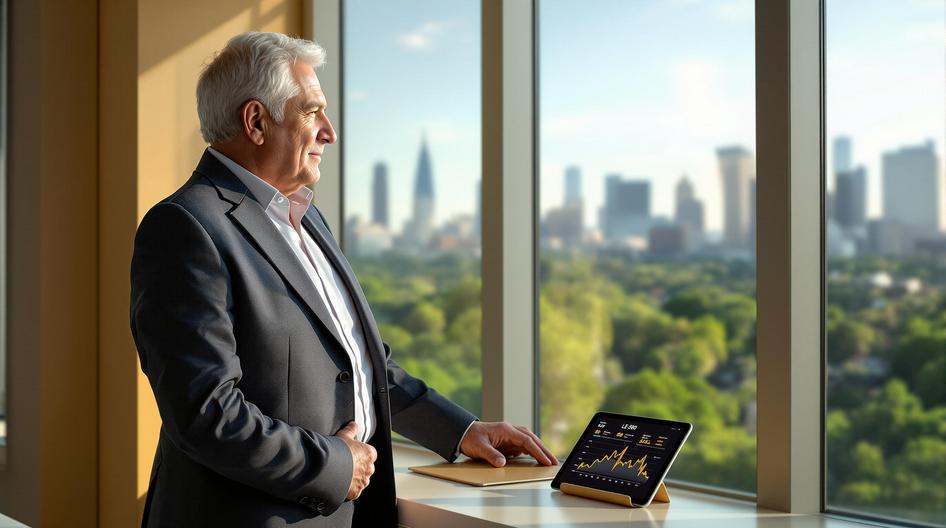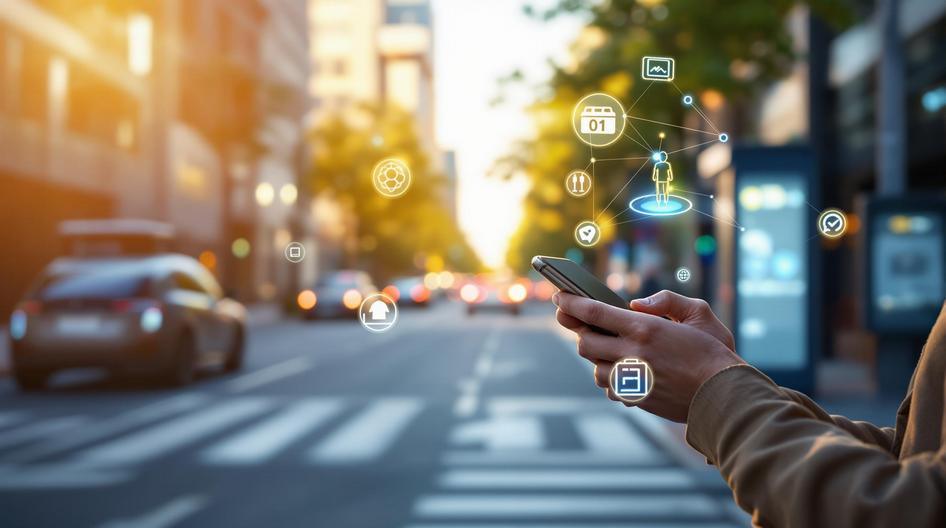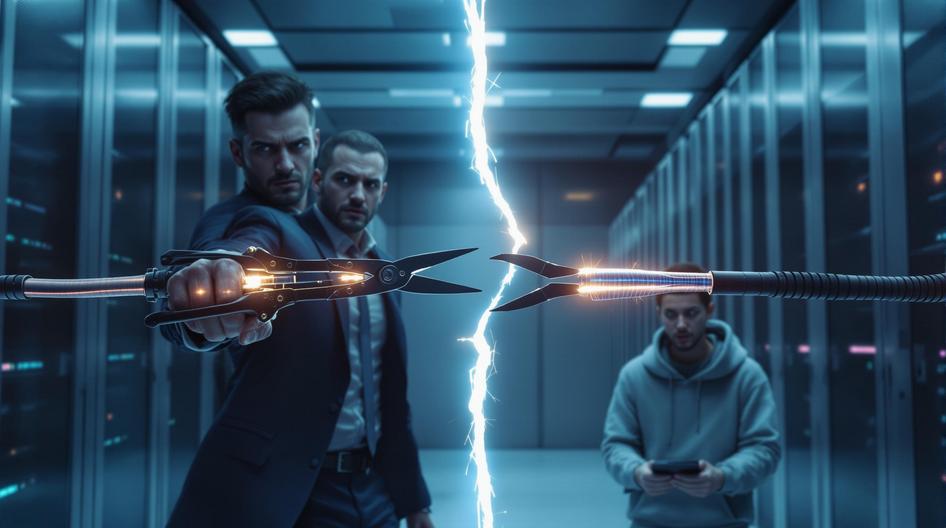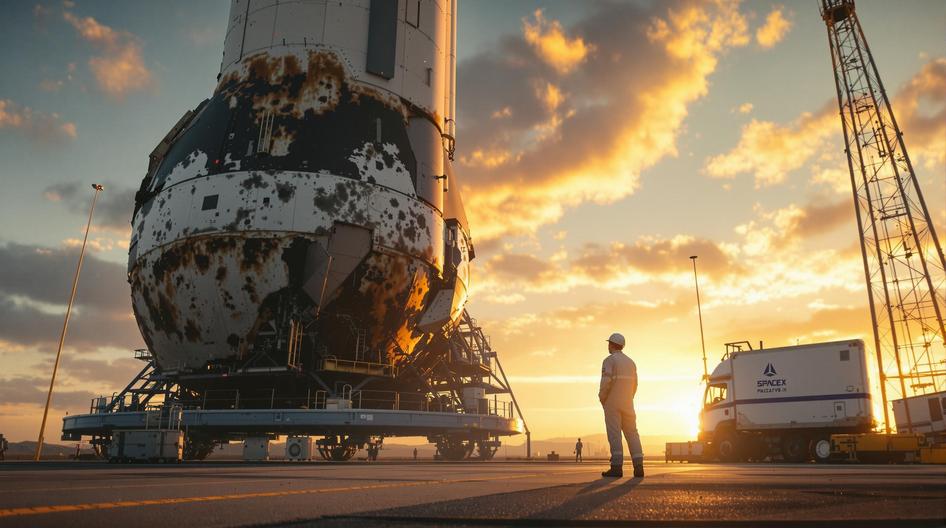
Securing the Grid: The Next Era of Unified Cyber-Physical Protection for Critical Infrastructure
The lines between digital and physical security are disappearing faster than most tech leaders anticipated. We’re witnessing a fundamental shift where power grids, water systems, and manufacturing facilities can’t afford to treat cybersecurity and physical protection as separate concerns anymore.
This isn’t just another industry trend. It’s a complete rethinking of how critical infrastructure operates in an age where smart surveillance and connected systems dominate the landscape. For developers building IoT solutions, investors eyeing infrastructure tech, and policymakers crafting regulations, understanding this convergence is crucial.
Why Traditional Security Silos Don’t Work Anymore
Energy regulators and security analysts across the United States are sounding the alarm. Grid operators can no longer treat cybersecurity and physical security as distinct domains. Ian Bramson, vice president of global industrial cybersecurity for Black & Veatch, points to a “convergence of factors” that’s forcing a complete strategy overhaul.
Think about it: every sensor, every automated control system, every smart meter creates a potential entry point. The unified cyber-physical grid security approach isn’t optional anymore. It’s survival.
The recent attack on Norway’s Risevatnet dam perfectly illustrates this reality. Cyber attackers didn’t just compromise data; they exposed weaknesses in operational technology (OT) systems that could have had devastating real-world consequences. This incident underscores why cybersecurity innovation must integrate with physical monitoring systems.
The Hacktivist Threat: When Ideology Meets Industrial Control
Here’s where things get interesting for tech professionals. Industrial control systems (ICS) connected to the internet are becoming prime targets for hacktivists. These aren’t just sophisticated nation-state actors we’re talking about. Political and ideological groups are successfully breaching critical infrastructure.
Canada’s Centre for Cyber Security recently documented attacks that should concern anyone building or investing in connected industrial systems. In one case, attackers remotely manipulated an automated tank gauge for an oil and gas company, creating false alarms and disrupting operations. The hacktivist targeting of industrial control systems represents a new category of risk.
What makes this particularly concerning is the sophistication level. These groups aren’t just defacing websites. They’re altering industrial control settings to directly threaten public safety. The Canadian Cyber Centre and Royal Canadian Mounted Police report a surge in breaches targeting water facilities, agricultural operations, and energy infrastructure.
For developers working on IoT and industrial automation projects, this reality check is sobering. Every internet-facing device expands the attack surface. The convenience of remote management comes with exponentially higher security requirements.
Physical AI: The Next Layer of Defense
The security industry isn’t standing still. Manufacturing companies are pioneering a new class of intelligent physical safety systems that could reshape how we think about infrastructure protection. Companies like Belden are partnering with Accenture and NVIDIA to develop AI-driven industrial solutions that protect both workers and operations.
Belden’s integration with NVIDIA’s Omniverse platform creates realistic modeling and monitoring capabilities for production lines. The result? Virtual safety fences powered by AI that can adapt to evolving risks and intervene before incidents occur. This virtual safety fence technology represents a fundamental shift from reactive to predictive security.
These systems blend industrial networking, real-time simulation, and AI-driven decision making in ways that were impossible just a few years ago. For tech investors, this represents a massive opportunity. For developers, it’s a glimpse into the future of edge computing and edge AI applications.
But here’s the catch: as these AI-powered systems grow more complex, they need stronger cybersecurity protocols embedded from the ground up. The convergence of physical AI and cybersecurity isn’t just recommended; it’s essential for system integrity.
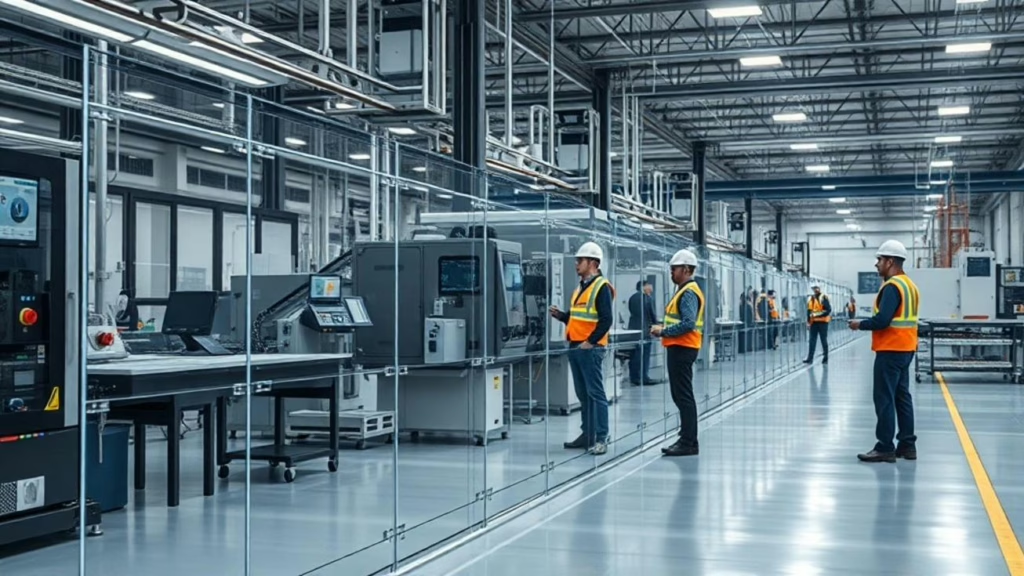
What This Means for Tech Professionals
The convergence of cyber and physical security creates ripple effects across the entire tech ecosystem. For developers building IoT solutions, security can’t be an afterthought. Every connected device needs robust authentication, encrypted communications, and regular security updates.
Investors should pay attention to companies developing unified security platforms. The old model of separate cybersecurity and physical security vendors is becoming obsolete. The future belongs to companies that can deliver integrated solutions.
Policymakers face the challenge of creating regulations that keep pace with technological change while not stifling innovation. The balance between security and innovation will define how effectively we can protect critical infrastructure.
Building Tomorrow’s Infrastructure Security
The path forward requires more than just technology upgrades. Organizations need interdisciplinary teams that understand both cybersecurity and operational technology. They need real-time monitoring systems that can detect threats across both digital and physical domains.
Proactive measures are becoming industry standards. Reducing exposure of ICS devices to public internet, implementing comprehensive OT monitoring, and integrating AI-based predictive systems aren’t optional anymore. They’re baseline requirements for responsible infrastructure operation.
The increasing sophistication of infrastructure attacks means that reactive security approaches simply won’t cut it. Organizations need systems that can detect, prevent, and respond to threats in real time.
The Future of Critical Infrastructure
Looking ahead, the convergence of cyber and physical security will reshape how we think about technology infrastructure globally. Modern systems will depend less on siloed, reactive measures and more on smart, unified security frameworks.
For the crypto and blockchain community, this trend creates opportunities for decentralized security solutions. Immutable audit trails, smart contract-based access controls, and distributed monitoring systems could play crucial roles in next-generation infrastructure protection.
The organizations that successfully navigate this transition will be those that embrace the reality that security is no longer about protecting separate domains. It’s about creating resilient, adaptive systems that can maintain operation even under attack.
This transformation isn’t just changing how we secure infrastructure. It’s redefining what secure infrastructure looks like in an interconnected world where every device, every sensor, and every control system is both an asset and a potential vulnerability.
Sources
- “Unified Cyber-Physical Grid Security Is Now a Must,” Dark Reading
- “Water infrastructure at risk: Lessons from the Norwegian dam attack,” WaterWorld
- “Hacktivists increasingly target industrial control systems, Canada Cyber Centre warns,” CSO Online
- “Belden (NYSE: BDC) expects virtual safety fence rollout this year with NVIDIA Omniverse,” Stock Titan
- “Hacktivists breach Canada’s critical infrastructure, cyber Agency warns,” Security Affairs

